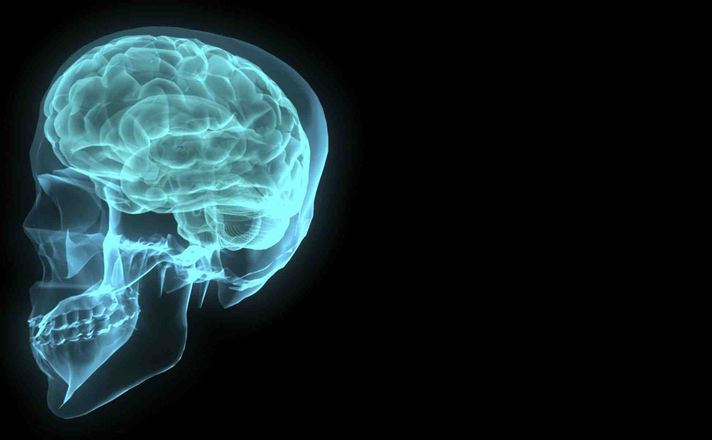-
Tips for becoming a good boxer - November 6, 2020
-
7 expert tips for making your hens night a memorable one - November 6, 2020
-
5 reasons to host your Christmas party on a cruise boat - November 6, 2020
-
What to do when you’re charged with a crime - November 6, 2020
-
Should you get one or multiple dogs? Here’s all you need to know - November 3, 2020
-
A Guide: How to Build Your Very Own Magic Mirror - February 14, 2019
-
Our Top Inspirational Baseball Stars - November 24, 2018
-
Five Tech Tools That Will Help You Turn Your Blog into a Business - November 24, 2018
-
How to Indulge on Vacation without Expanding Your Waist - November 9, 2018
-
5 Strategies for Businesses to Appeal to Today’s Increasingly Mobile-Crazed Customers - November 9, 2018
Study Reveals The Differences Between Men And Women’s Brains
Basically, each brain contains a varying mix of male and female traits but scientists still believe that due to the difference in the way brain works for men and women, there has to be a structural difference existing below.
Advertisement
The study found that there was no correlation between regions, meaning that being good – or not so good – at one thing did not necessarily mean you had an overall “male” or “female” brain. However, that would only be true if the differences in brain structures were the same among all men’s and all women’s brains.
The next step was to measure grey matter thickness in the outer layer of cerebrum and some of its different links, but again, just male or just female brains were in minority as opposed to common brains.
All the human brains that were analysed were then distributed in one of the three categories: predominantly male, predominantly female, and of course the intermediate stage.
“Each brain is a unique mosaic of features, some of which may be more common in females compared with males, others may be more common in males compared with females, and still others may be common in both females and males”, Joel’s team wrote in the published study. Whatever analysis they tried, whatever threshold they used, there were more combined brains than exclusively of one gender type. However, it can not be rightly said that there is a male brain and a female brain. “There is no one person that has all the male characteristics and another person that has all the female characteristics”. But they found a remarkable amount of overlap between areas. About, 8 percent of the brain scans showed people whose brains were either “male” or “female”. In addition, there were big differences in 52 percent of the brains. “But when they considered these regions together across all their brain scans, the picture just got muddy”, they reported in the Proceedings of the National Academy of Sciences.
Advertisement
Even in a data set of 263 college students who were asked about 10 “highly gender-stereotyped activities” like watching talk shows on TV or playing video games, the study authors still found that only 1.2% of the students could be classified as exclusively male or exclusively female, compared with 55% who had traits from both camps.




























